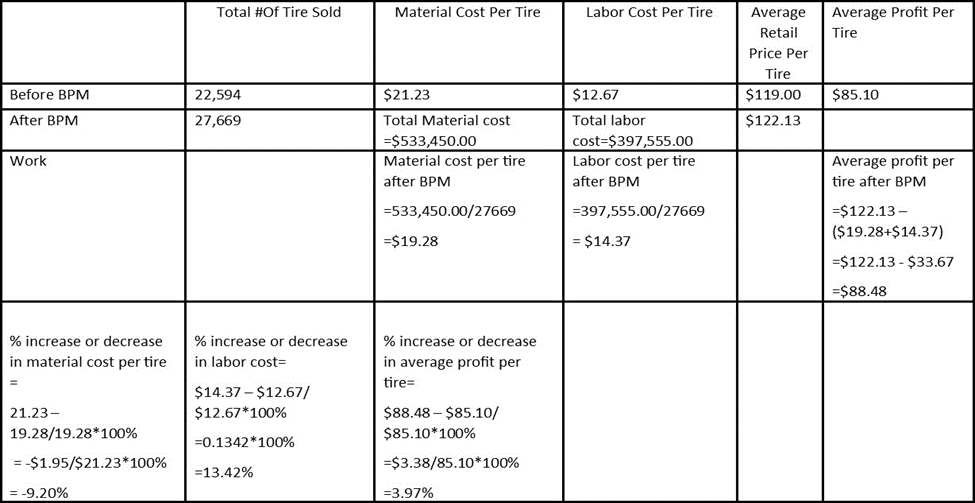Implementation Strategies
A strategy adopted is how an organization translates its chosen strategy into action plans and activities to help the organization achieve its strategic goals. According to Heracleous et al. (2017), the strategic execution is a mechanism, which applies priorities and methods to produce the desired outcomes. The Strategic Plan itself is a formal document that details the steps and initiatives to achieve the project’s goals that provide reports and feedback on implementing this plan.
The following are included in the separate implementation discussed in the text:
- Big Bang: The planned reform is implemented in a major redesign that the plan would be easy to adopt. It could also bring considerable disruption to the procedure for those involved without adequate preparation. To explain ERP methods for incorporating new systems into an organization, the terms’ big bang ‘and’ phased ‘are used (Beardwood, 2020). Typically, the deployment of a large-sized ERP is used to characterize the situation in which a company is moving from the existing ERP to the existing system at a specific instant.
- Parallel: Step-by-step, the proposed reform is implemented for the next roll out before the previous one is done. This solution is easier to execute, but it will create multiple problems with all 13 sites’ organization.
- Relay: The planned improvements are made stage after stage, and every roll-out starts after completion of the previous one. This technique can be applied more slowly when achieving optimal efficiency.
- Combination: A transition to the above methods, a small pilot, and then a wider application is made. This fluctuation is more spontaneous, but failure to communicate will cause a breakdown.
My choice in the roll-out design is to use the big bang deployment method. I want to continue with all sides as a collective at 13 separate locations and see what was at stake with all the involved staff, what steps we will assess, and how. After introducing my reformed method, the growth in labor income everywhere is the utility of this strategy.
Baselines Establishing
Ordinary Job Pricing Implementation
Metrics are work codes listed, and their value in the evaluation is that it enables consumers to spend the same price at 13 sites. The technicians should select the appropriate time to finish the tasks within the allocated period to increase job efficiency (Kerzner, 2017). The consumer has several farms that he has achieved in producing. The same repair is done by two tractors at various sites. He pays the same bill on all repairs with regular work pricing.
Monthly Incentive Tech Service
The performance and efficiency percent of the monthly incentive tech service (labor performance) was calculated. A multiplication was conducted of monthly (billed hours – sundry time) dollar amount for total percent (clean up, travel, truck maintenance). The previous measure was +85%* 10% monthly salary – the previous measure. Monthly Incentive Tech Service in assessment is significant because the greater the percentage of work performance, the greater the bonus, the higher it increases individual performance. The Monthly Incentive Tech Service’s success is 94% efficiencies, 105% efficiency, are equivalent to 98.7% labor performance, equivalent to $5.00 per hour charged. The employee has a $5.00 = $1025 performance bonus of $205 billed hours.
Quarterly Bonus Service Manager and Service Writer
- Definition – Five or fewer days of the billing cycle, 4% or less of the WIP as 12 months of income WIP sales of > 35 percent per month were the last metric.
- Evaluation significance – Increasing performance for closing repairs within five days, increasing cash flow and technicians’ capacity to complete within more working hours, thereby increasing monthly revenues. Each one’s success is hit every month, each one earning $250 per metric paid quarterly each month.
- Success – The service writer and management team earn an additional $1500 each couple of weeks when those performance measures are met. Cash flows are also enhanced at all 13 locations by closing jobs swiftly.
Increased sales of labor everywhere
- Definition – This metric is reached when the preceding three metrics are met.
- Evaluation importance – Increasing efficiency for closing repairs within five days, increasing cash flow, and technicians’ ability to close within more operating hours, thus increasing monthly sales.
- Success Capacity improvement – If the full technician restores more quickly than anticipated, more work will be completed, putting the customer’s equipment back into business with more manufacturing hours. This increases satisfaction with consumers. At the end of the year, any metric is successful. There is a 4 percent net profit incentive above the manager’s expenditure.
Case Analysis

Since a project decision has been made, a benchmark analysis is conducted. The assessment of project progress or regression is achieved as a benchmark. The baseline results should be correct in both respects to attain precise results. The baseline analysis should be given a strong and reliable rationale regularly. The justification for the analysis and the time and money needed should be shared with all stakeholders. This involves describing the usefulness of the individual sample to ensure that the current analysis would not replicate. This project has not been successful because of the labor cost objectives; even though the profit has increased, it has not reached the expected 5% margin.
References
Beardwood, J. P. (2020). Lessons for ERP implementation vendor selection in national grid USA service company, Inc. V Wipro Ltd – A case study from yet another failed SAP ERP implementation project. Computer Law Review International, 21(2), 42-50.
Heracleous, L., Gößwein, J., & Beaudette, P. (2017). Open strategy-making at the Wikimedia Foundation: A dialogic perspective. The Journal of Applied Behavioral Science, 54(1), 5-35.
Kerzner, H. (2017). Project management case studies (5th ed.). John Wiley & Sons.